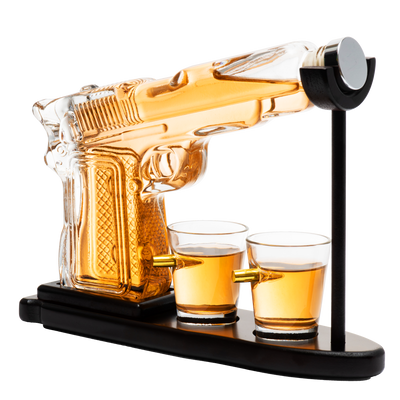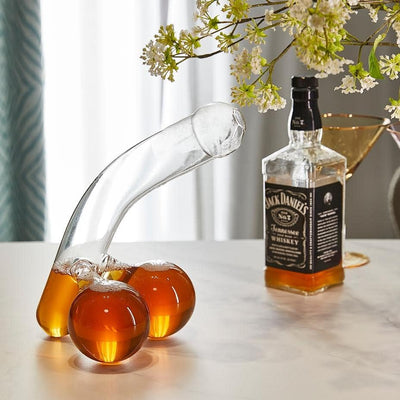Stay away from this (lead) glassware
We’re always hearing about bad things for your health. But did you know that glassware, while beautiful, many can be dangerous?
Glass is the safest material for products that come in contact with food, except a few exceptions, so let me say that before we get into these queries. Glass often does not leach lead, cadmium, or other heavy metals, in contrast to ceramics and clay. It does not absorb toxins that affect hormones, unlike plastic. I want to commend you for considering glass tableware, cookware, and food storage for your kitchen. So that you may make the greatest choices for your kitchen and health, let’s talk about several common varieties of glass.

Lime Glass
In the US in particular, soda lime glass is more prevalent than borosilicate. It’s an easy and cheap form of glass. For instance, soda lime glass is used to make common Pyrex glass baking dishes and storage containers. In 1998, World Kitchen purchased Pyrex. And at that point, World Kitchen switched from using borosilicate to soda lime in the manufacture of Pyrex lead-free glassware. Soda lime glass is also used to make a multitude of glass dinnerware alternatives. (Note however, borosilicate is still used today to make Pyrex in Europe.)

Borosilicate Glass
Boric oxide is substituted for soda and lime in the manufacturing process, which is the fundamental chemical difference between borosilicate glass and soda-lime glass. Boric oxide, which helps link the silicate with aluminum oxide and sodium oxide, must be present in borosilicate glass in amounts of at least 5%.
Compared to soda lime glass, which frequently needs to be tempered to increase its temperature resistance, borosilicate glass is far more resistant to heat and chemicals due to the presence of boric oxide.
Compared to unprocessed soda lime glass, raw borosilicate glass is also tougher and stronger.
However, because it is more challenging to create, it is more expensive.
Borosilicate glass is the superior option when a glass product needs to tolerate chemicals or thermal shock.

Leaded Glass
Leaded crystal is the only variety of glass that is produced using lead. In leaded crystal glass, lead substitutes calcium, creating the crystal effect.
Wine decanters, for instance, are made of leaded crystal. According to this study, keeping alcohol in them for one day might be dangerous. They are not suitable for storing wine, not even for an hour. The fact that lead builds up in the body should be considered. Furthermore, because there are so many lead exposure methods that are beyond our control, why not stop using those that are?
If you already have a crystal glass, only drink from it on exceptional occasions. Or toss it for the alternative safe option.








